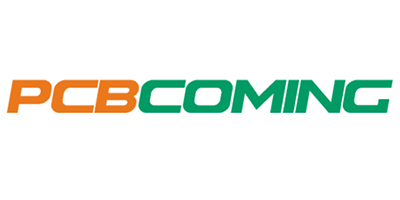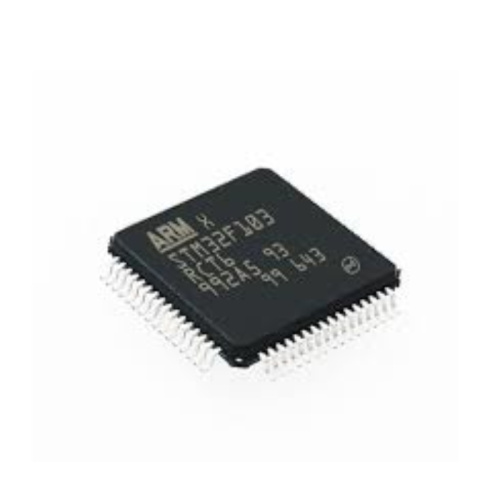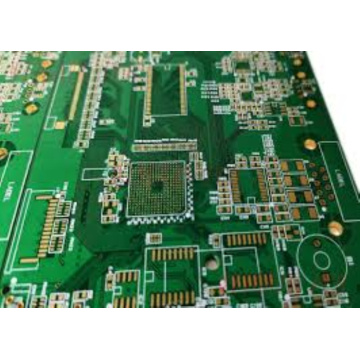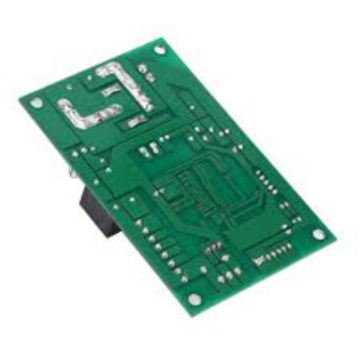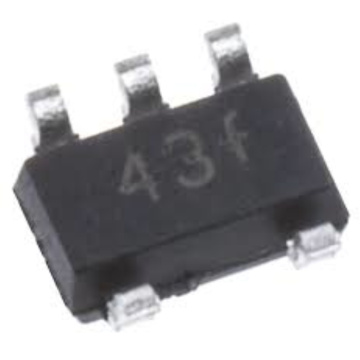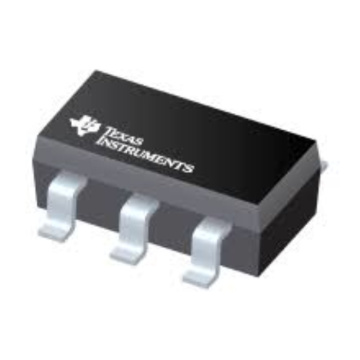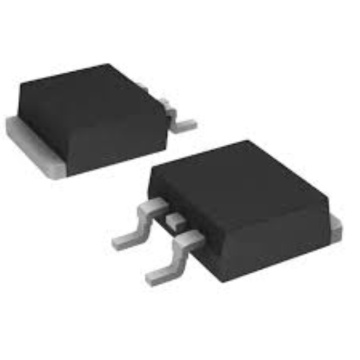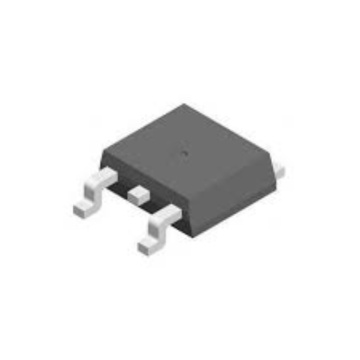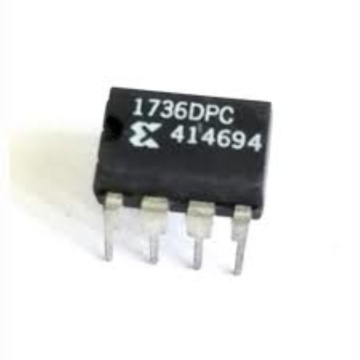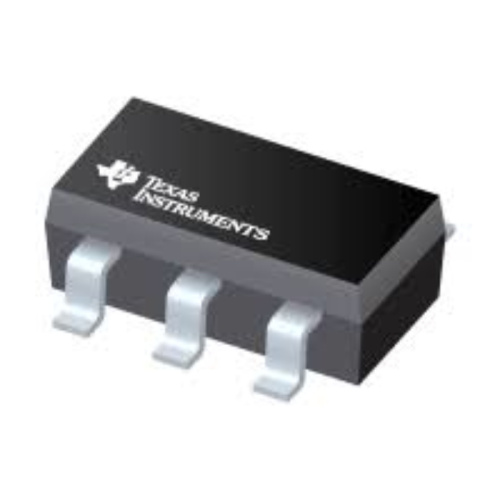
High Quality Electronic connector
-
$0.50≥1 Piece/Pieces
- Min. Order:
- 1 Piece/Pieces
- Min. Order:
- 1 Piece/Pieces
Your message must be between 20 to 2000 characters
Contact NowWhat are the 4 basic types of electronic components?
The most basic electronic components including : Electronic Resistor and Capacitor, diodes, Electronic connectors,originality electronics IC and etc.
If you want to become a master at component (chip) level, it is essential to master some relevant knowledge. Resistors, capacitors, inductors, diodes, triodes, etc. are all commonly used components in PCB electronic circuits. Here are the top ten electronic components commonly used in the electronics industry. Let’s follow the little GOO to get to know:
One: resistance
As a worker in the electronics industry, resistance is unknown to everyone. Its importance is beyond doubt. People say that "resistors are the most used components in all electronic mulit-wiring printed board circuits."
Resistance, because of the obstructive effect of the substance on the electric current, it is called the resistive substance under this effect. Resistance will cause changes in the flow of electrons. The smaller the resistance, the greater the flow of electrons, and vice versa. Substances with no resistance or low resistance are called electrical conductors, or conductors for short. Substances that cannot form current transmission are called electrical insulators, or insulators for short.
In physics, resistance (Resistance) is used to express the size of the conductor's obstructive effect on the current. The greater the resistance of the conductor, the greater the resistance of the conductor to the current. Different conductors generally have different resistances, and resistance is a characteristic of the conductor itself. The resistance element is an energy dissipating element that hinders the current.
The resistance value of a resistance element is generally related to temperature. The physical quantity that measures the magnitude of resistance affected by temperature is the temperature coefficient, which is defined as the percentage change of the resistance value when the temperature rises by 1°C.
The resistance is represented by "R" plus a number in the circuit, such as: R1 represents the resistance numbered 1. The main function of resistance in the circuit is shunting, current limiting, voltage division, biasing and so on.
1. Parameter identification: The unit of resistance is ohm (Ω), and the multiplication unit is: kiloohm (KΩ), megaohm (MΩ), etc. The conversion method is: 1 megohm = 1,000 kiloohms = 1,000,000 ohms. There are 3 ways to label the parameters of resistance, namely, direct calibration, color calibration and digital calibration. a. The number labeling method is mainly used for small-volume circuits such as patches, such as: 472 means 47×100Ω (that is, 4.7K); 104 means 100Kb, and the color circle labeling method is the most used. Here is an example: four-color-ring resistance and five-color Ring resistance (precision resistance).
2. The relationship between the color mark position and the magnification of the resistance is shown in the following table: the allowable deviation of the effective digital magnification of the color (%) silver/x0.01±10 gold/x0.1±5 black 0+0/brown 1x10±1 red 2x100± 2 Orange 3x1000/Yellow 4x10000/Green 5x100000±0.5 Blue 6x1000000±0.2 Purple 7x10000000±0.1 Gray 8x100000000/White 9x1000000000/.



Related Keywords

